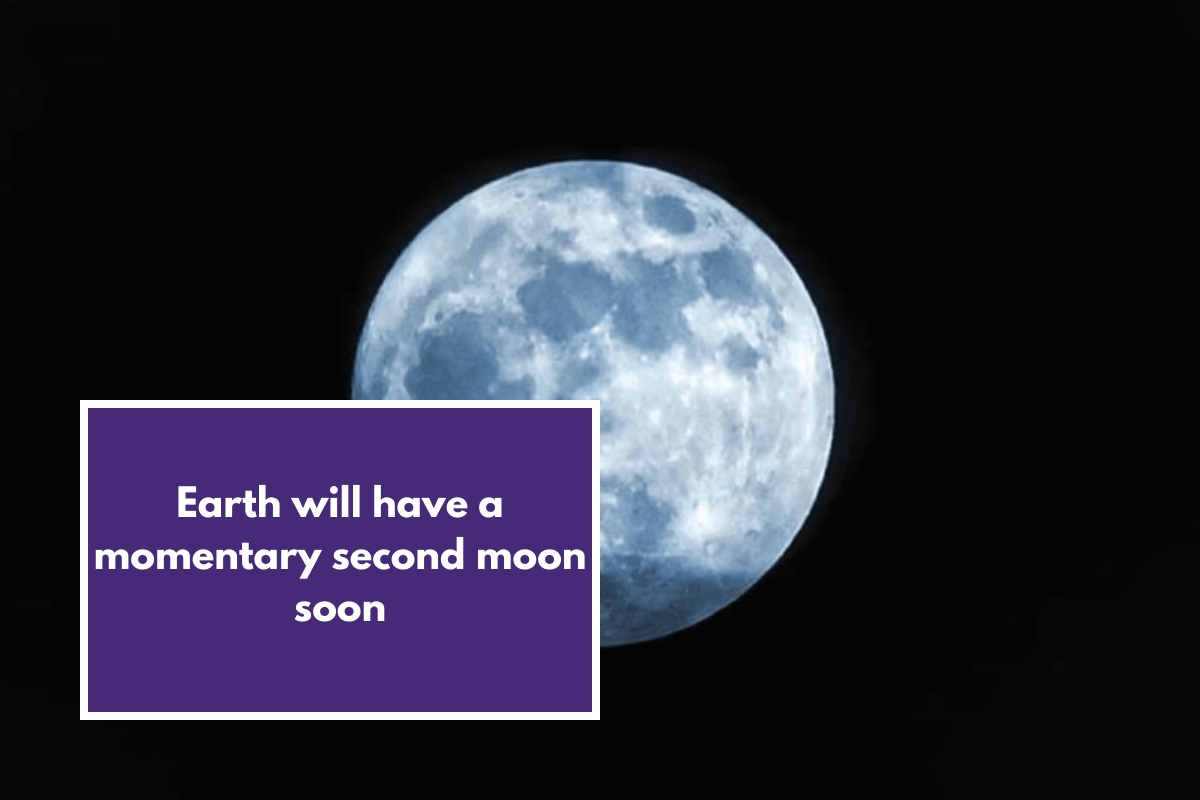It looks like Earth will soon have two moons. But it won’t last long. A new study in the journal Research Notes of the American Astronomical Society (AAS) says that this “moon” is actually a space rock called 2024 PT5, which is thought to be an Arjuna asteroid.
A study from the September 2013 issue of the Royal Astronomical Society by the same researchers says that Arjuna asteroids are “minor bodies moving in orbits with low eccentricity, low inclination, and Earth-like period.”
Is this the first mini-moon event?
It’s not the first time that a Near-Earth object has come this close to Earth. In fact, “mini moon” events happen quite often. Researchers say the following:
- Near-Earth objects that move in horseshoe shapes get close to Earth and move slowly compared to it.
- Sometimes, these things have mini-moon events that make their geocentric energy go negative for hours, days, or even months.
- During these times, they don’t make it around the Earth once while they are trapped.
The study that came out this month in the AAS journal goes into more detail about how these mini-moons happen when Near-Earth objects briefly become bound to Earth by gravity. These events, on the other hand, only last a short time and don’t usually lead to a full orbit around the world.
So keep an eye on the sky! The coming of 2024 PT5 looks like it will be an interesting look into how Earth and the universe are changing all the time.
Have you ever thought about how fascinating it is that flybys can be briefly captured? Take a look at a real-life case to learn more about this interesting topic.

The Case of 2022 NX1: A Short-Lived Mini Moon
2022 NX1 is a great example of a Near-Earth Object (NEO) that is briefly captured during a flyby. This interesting little moon passed close to Earth’s orbit twice, in 1981 and 2022.
Understanding the Concept: Window Shoppers in Space
To make the idea easier to understand, Professor Carlos de la Fuente Marcos from the Universidad Complutense de Madrid gave Space.com a beautiful explanation. Real objects in orbit around Earth are like people who buy things in stores, while objects like 2024 PT5 are more like people who look around.
Frequency of Mini Moon Events
Space.com says that while short mini moon events happen quite often, long capture episodes happen very rarely. About once every ten to twenty years, these long events happen.
The Role of Gravitational Disturbances
Mostly, gravitational changes from the sun are to blame for the ejection of objects like 2024 PT5. After 2024 PT5 finishes its half-orbit around Earth, it will return to its normal path around the sun.
Visibility Challenges for Stargazers
Unfortunately, Professor Marcos has bad news for people who want to look at the stars and see this small moon. These things are too small to see without glasses or even with the naked eye.
In conclusion, temporarily recorded flybys are an interesting way to see how NEOs and Earth’s gravitational field interact with each other over time. To find these small moons, though, you need more than just glasses; you need to know more about the area around our sun.











Leave a Reply